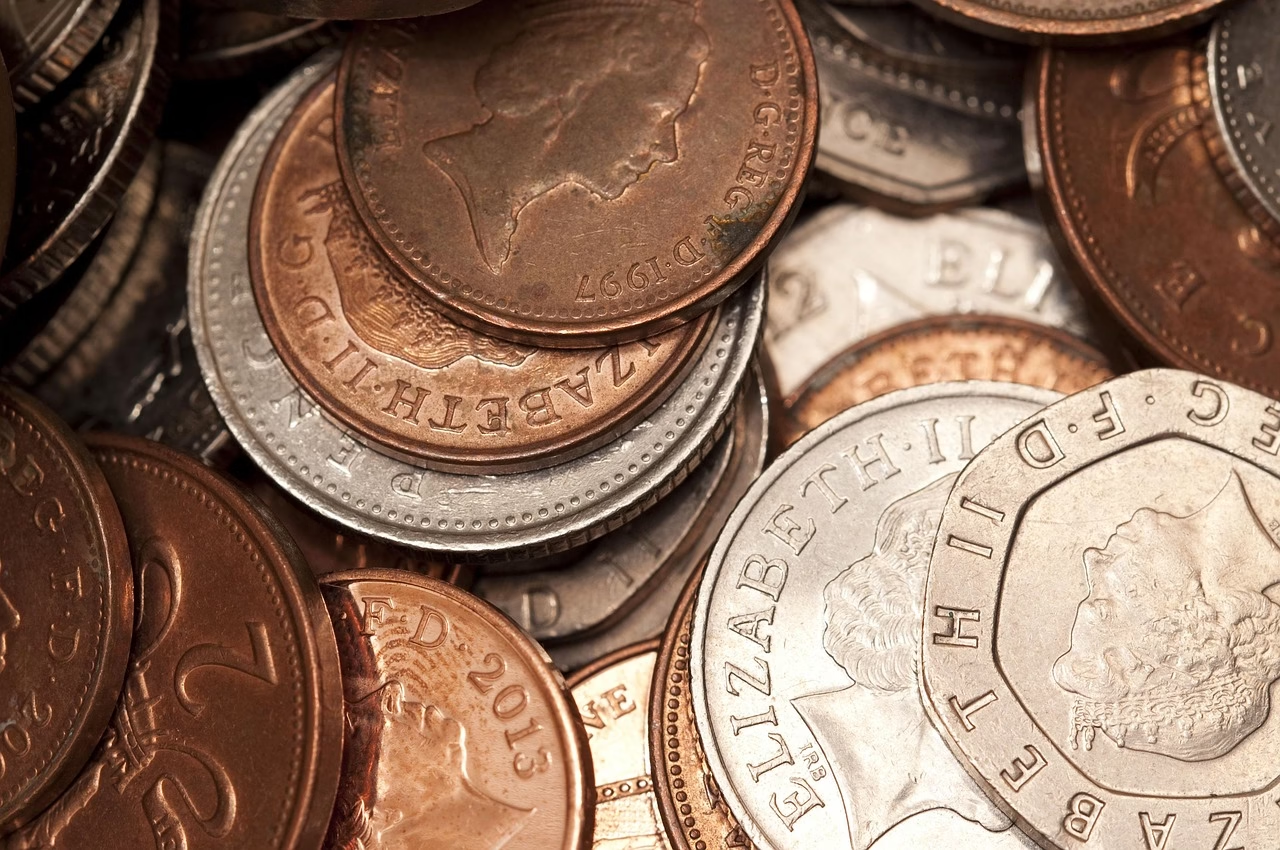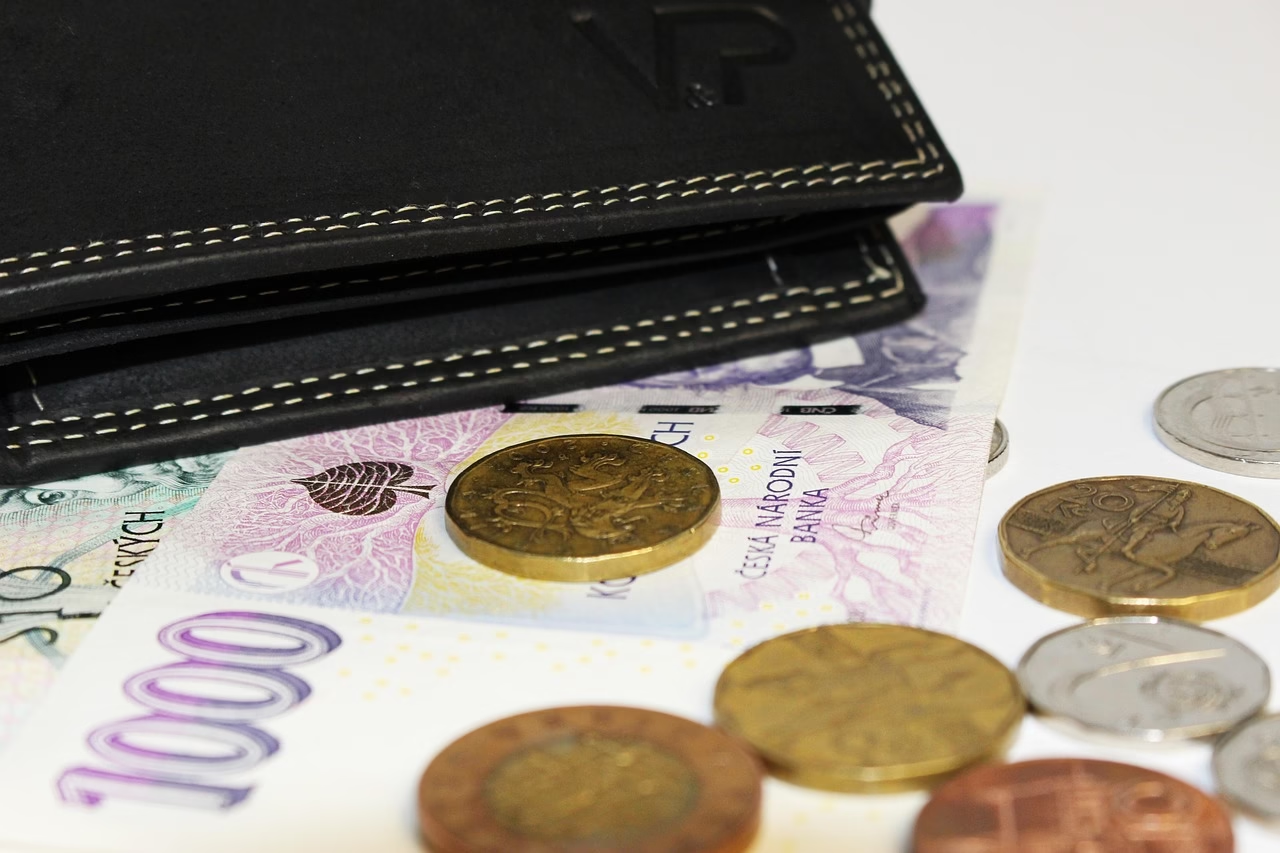“Real-World Asset Tokenization: Bridging Traditional Finance
May 25, 2025 | by Sophia Vance

Real-World Asset Tokenization: Bridging Traditional Finance and Blockchain in 2025
By Sophia Vance
“Tokenization” isn’t a buzzword; it’s ground zero for one of the greatest upheavals in finance since the Internet. And the numbers are impossible to ignore: With conservative estimates from BCG forecasting the tokenized asset market hitting $16 trillion by 2030, betting against this trend is simply reckless. In 2025, as institutional money pours into blockchain rails, real-world asset (RWA) tokenization is finally slicing through the slow, fragmented web of traditional finance.
The Broken DNA of Legacy Assets—And Blockchain’s Promise
In banking circles, an “asset” still means a contract, a deed, or a tangle of PDFs in some lawyer’s drawer. This system is mired in latency, intermediaries, multiparty trust assumptions, and—let’s be frank—costly gatekeepers. Real-world asset tokenization doesn’t just streamline transactions; it radically redefines ownership.
The moment an office building, a Picasso, or an emerging market bond becomes a blockchain token, it gains liquidity, programmability, and composability. What took days now takes seconds. KYC/AML is “baked in” at the protocol level. I’ve seen firsthand how tokenization slashes settlement time from T+2 (or worse) to T+0, liberating working capital on a global scale.
Who’s Leading the Tokenization Frontier?
BlackRock isn’t dipping its toes—it’s diving headfirst, with tokenized funds and significant allocations to digital collateral. European banks like Société Générale and HSBC are transacting digital bonds on Ethereum, not in some sandboxed walled garden. In the U.S., Franklin Templeton and WisdomTree now run mutual funds natively on public blockchains, proving this tech isn’t just for crypto die-hards—it’s institutional, and it’s here to stay.
- Tokenized U.S. Treasuries on platforms like Ondo and Matrixdock are already attracting billions in on-chain stablecoin liquidity—making yield vastly more accessible, transparent, and borderless.
- RWA marketplaces like Centrifuge, Maple Finance, and Polymesh are onboarding real-world debt, SME loans, real estate, and even carbon credits onto interoperable ledgers.
- Legacy custodians such as BNY Mellon now offer digital asset custody, signaling mainstream adoption isn’t just inevitable—it’s operational.
We’re witnessing the finance world reconciling distributed trust with regulatory certainty, brick by brick.
The Macro Case: Why Investors Can’t Afford to Ignore RWAs in 2025
Tokenized real-world assets aren’t “crypto toys”—they solve trillion-dollar problems. For institutional allocators facing anemic traditional yields and encroaching inflation, the chance to efficiently fractionalize, trade, and collateralize high-quality assets (think: blue-chip real estate, fine art, even music royalties) on-chain is irresistible.
Retail investors benefit, too. Imagine syndicating a downtown skyscraper or a solar farm with just $500. Everything is auditable, 24/7, with near-instant liquidity. This dismantles the exclusivity wall, making once out-of-reach returns universally accessible. That’s not just democratization—it’s financial evolution.
Hurdles Remain—But They’re Shrinking Fast
Skeptics harp on regulation, compliance, and integration. Sure, jurisdictional ambiguity exists. But in 2025, regulators like the SEC and ESMA are collaborating directly with DeFi and fintech architects. We’re seeing a global standards race: Europe’s MiCA framework is live, U.S. pilots are rolling, and the IMF is calling for tokenized asset standardization.
The underlying technology—layer-2 blockchains, privacy-preserving smart contracts, zero-knowledge proofs—makes scalable, compliant tokenization practical across asset classes. Friction will persist, but the arc of innovation is bending toward maturity.
What’s Next? Macro Foresight for 2025 and Beyond
2025 is the inflection point. Financial institutions are building on-chain portfolios, not just experimenting at the edges. The composability of tokenized assets—using RWAs as collateral for DeFi lending, or swapping tokenized equities against stablecoins without a bank in sight—will create a high-velocity, borderless, programmable financial universe.
As a financial analyst with a sharp eye for both legacy and blockchain rails, my advice is simple: Underestimating RWA tokenization is financial malpractice. For portfolios, RWAs represent exposure to real value with on-chain speed and transparency. For businesses, tokenization means faster capital cycles and a competitive edge that will define the next decade.
The writing isn’t just on the wall—it’s on the blockchain. Stay ahead of the curve, because this bridge between traditional finance and blockchain is under full construction, and those who cross first stand to claim the most fertile ground.
— Sophia Vance

RELATED POSTS
View all



